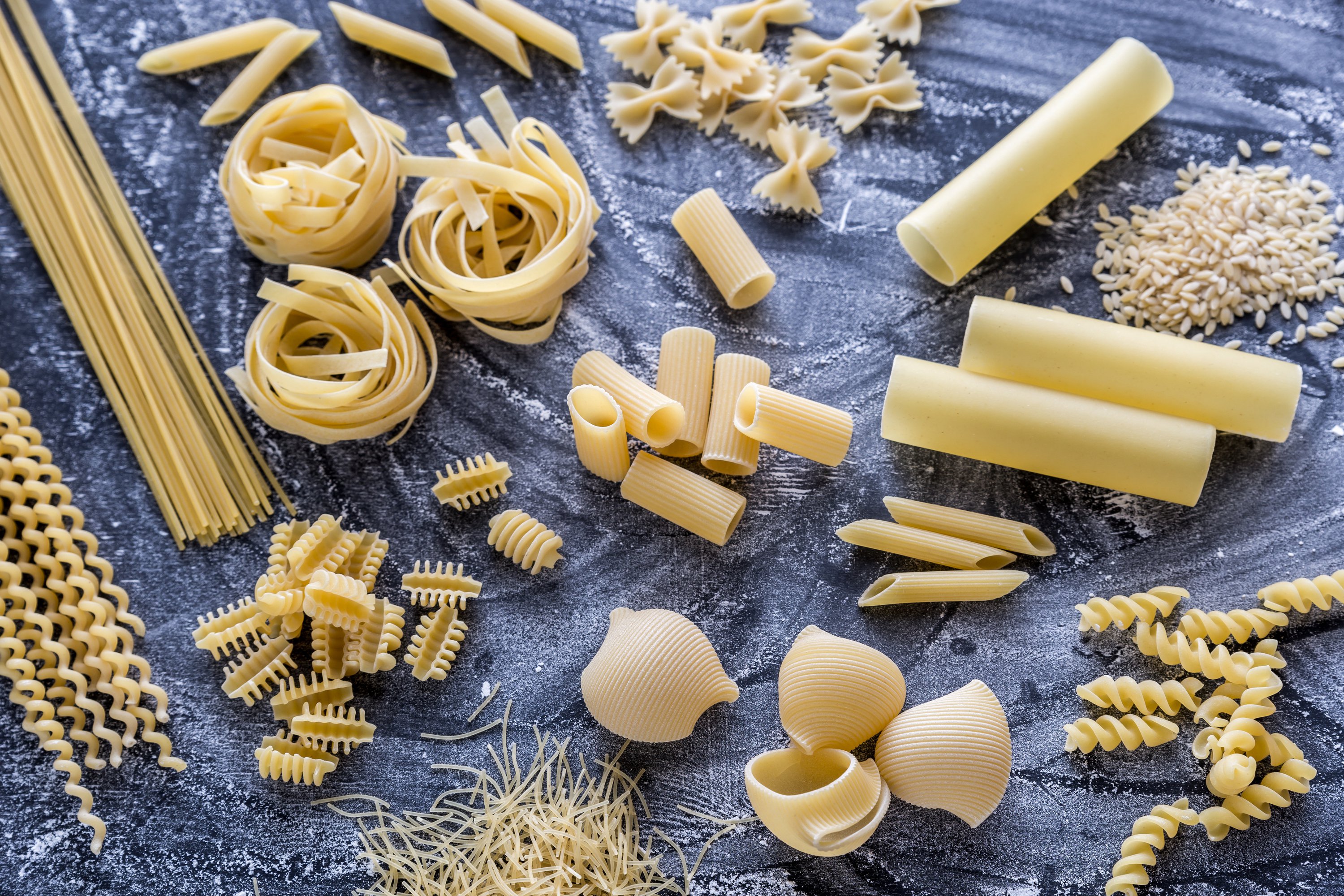The Italians have give the world more than 300 varieties of pasta. Some are long, some short. There are stretched pastas as well as stuffed ones. In other words: there’s a pasta for everyone. Certain shapes are a vehicle for a particular type of sauce, while others indicate the region of Italy they are from. Here’s a handy guide for the next time you’re navigating the pasta aisle at Spinneys.
1. Pappardelle is a wide, flat ribbon-shaped pasta that’s popular in Tuscany and northern Italy. It borrows its name from the verb ‘pappare’ which means to ‘gobble up’ — something you are likely to do, especially when this pasta is served with a rich sauce.
2. In Rome, ribbon-shaped pasta goes by the name fettuccini. It is around 6.5mm wide and is paired with Alfredo sauce or a ragu. If spinach is added to the usual egg and flour mixture, you get a speckled green shade running beautifully through the fettuccini.
3. Narrower than fettuccini, tagliatelle comes from the Italian word ‘tagliare’, which means ‘to cut’. This pasta from the Emilia-Romagna region is the reason why Bolognese sauce exists.
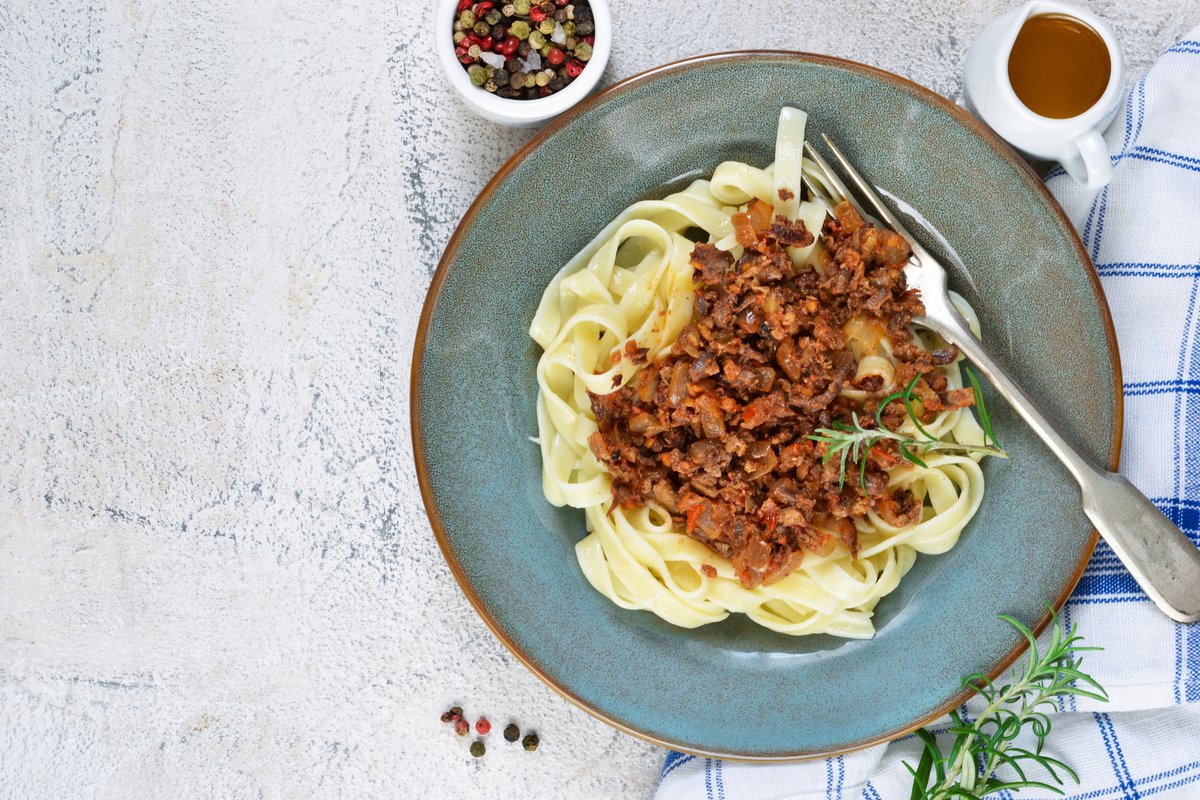
4. Linguine (also known as ‘little tongues’) is a ribbon-shaped pasta that isn’t flat like its counterparts listed above. Traditionally, it’s considered the perfect partner for a pesto.
5. Spaghetti is probably the most well-known among the long, thin, cylindrical pastas, but its sister spaghettoni is a thicker version that gets along famously with any type of sauce.
6. Around since the 14th century, vermicelli, pronounced as ‘vermi-chell-ee’, translates to ‘thin worms’ but is actually thicker than spaghetti in Italy and thinner in other parts of the world.
7. & 8. Rigatoni and tortiglioni could pass as twins with their tubular shape but the latter has deeper grooves that spiral around the pasta unlike the former which is lined. Both pair well with a full-bodied sauce and are wonderful served with mild or a more mature grated cheese.
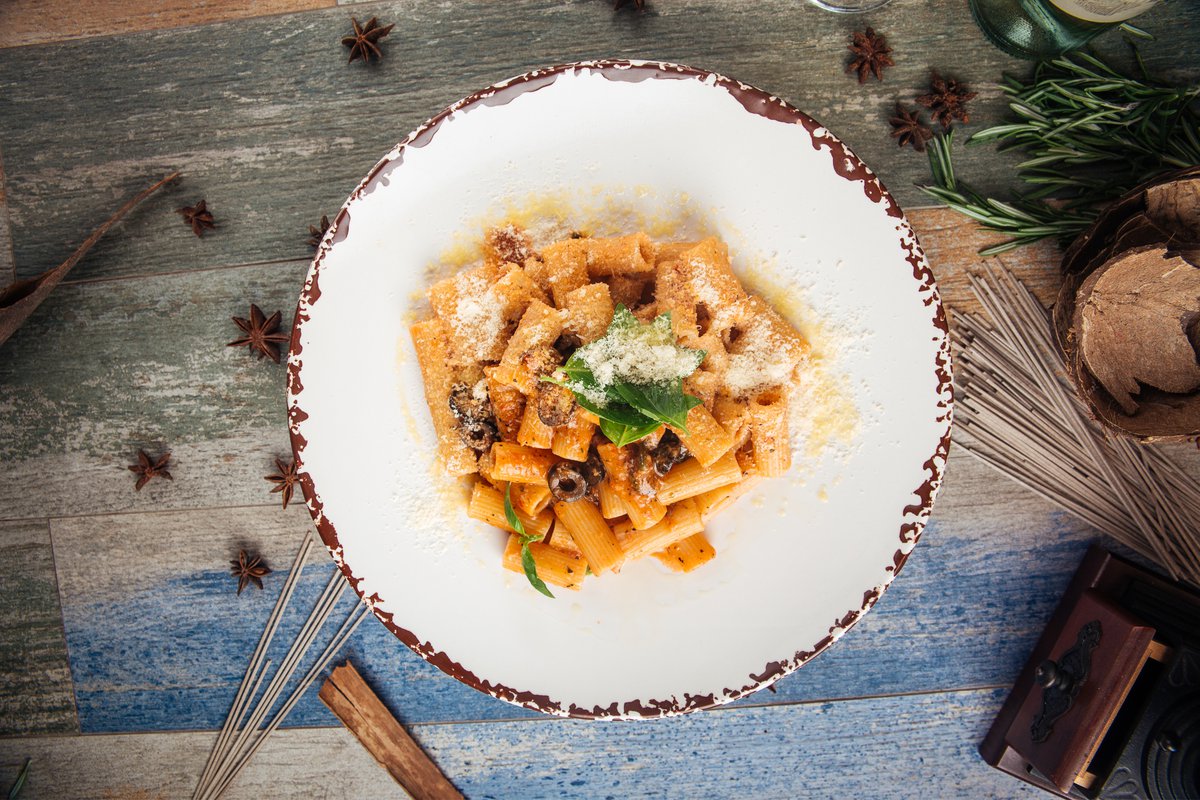
9. If you’re looking for a substitute for the spiral-shaped fusilli, try serpentini, which is also know as cavatappi. Translated as ‘corkscrew’, this pasta’s curves could most definitely hold a cream sauce.
10. Conchiglie resembles conch shells and this pasta is sometimes coloured with natural pigments like tomato or spinach extract to give it a red or green colour. It definitely makes salads pretty but you won't be disappointed when you have it with a thick meat sauce.
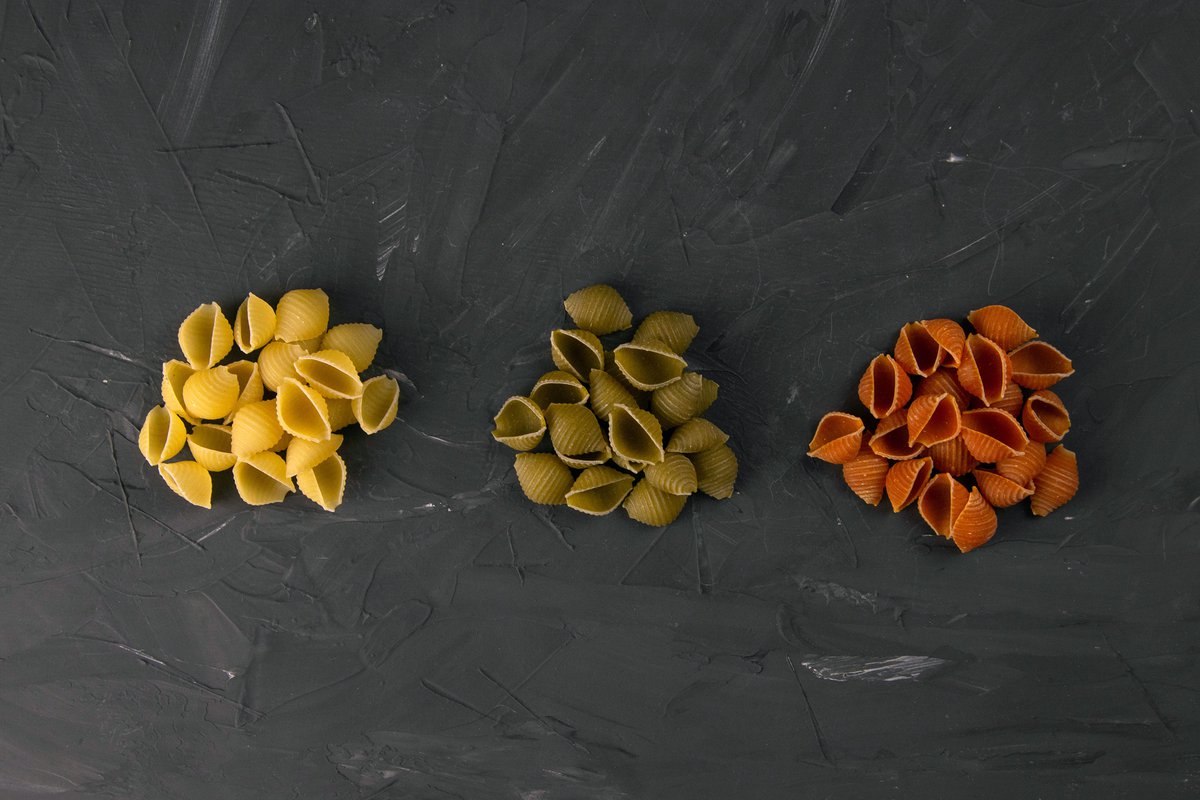
11. Pipe is also a shell-shaped pasta but this one will remind you of snail shell with its one side open and the other flattened that it almost looks closed. The pocket-like structure makes it ideal for ragus.
12. With a name that translates to “home-made”, it’s not hard to tell why the Sicilians love casarecce in a hearty casserole. The right pronunciation for these short twists of pasta is ‘ka-sa-ray-cheh’.
13. At first glance you might mistaken chifferi for macaroni, but it is the shorter and wider cousin that you’d usually find in a salad. You'll love it with just cheese and butter too!
14. In most cities of Lombardy and Emilia Romagna, butterfly pasta is called farfalle; however, in Modena it’s called strichetti. It holds its shape well in baked dishes but is just as good in a salad.
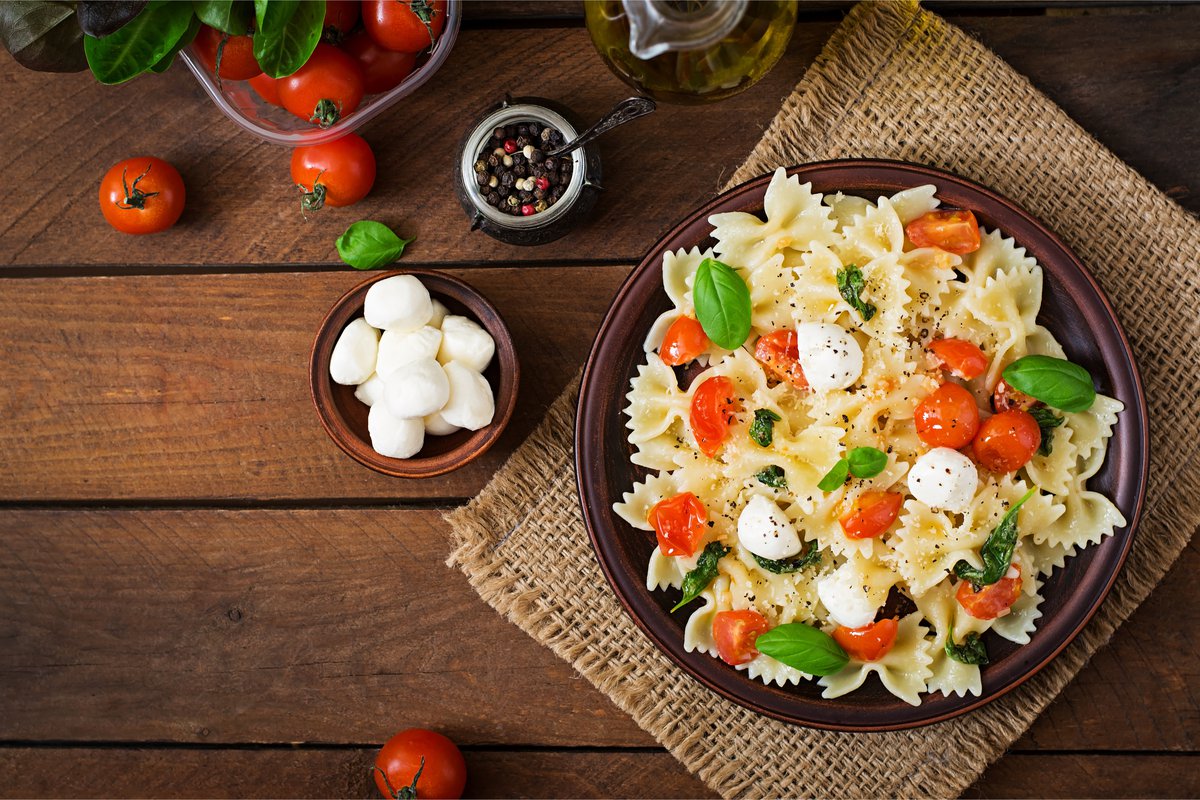
15. Gnocchi is not your standard pasta. With its plump and pillowy texture, it's quite similar to a dumpling. In Italy, it is served as the first course of the meal and an alternative to other pasta dishes or risotto.
16. Presented in a creamy sauce or broth, ravioli are little parcels of pasta stuffed with a filling that can be meat, cheese, or vegetables like spinach.
